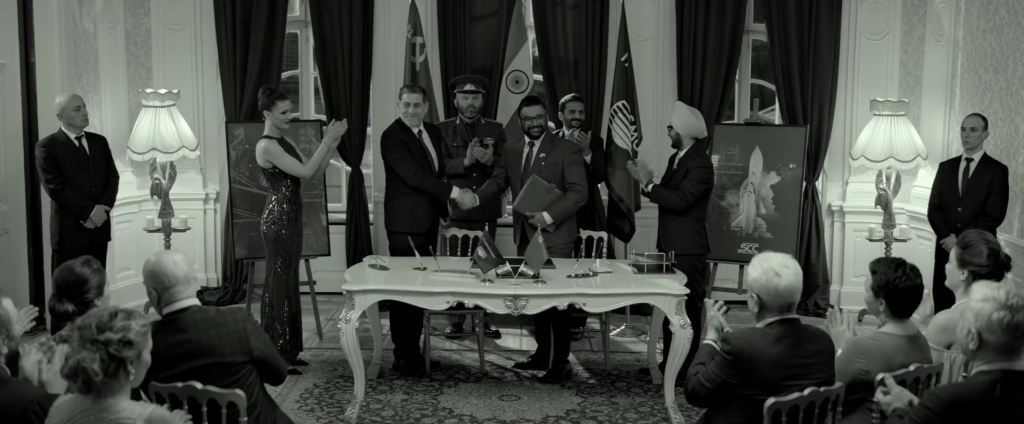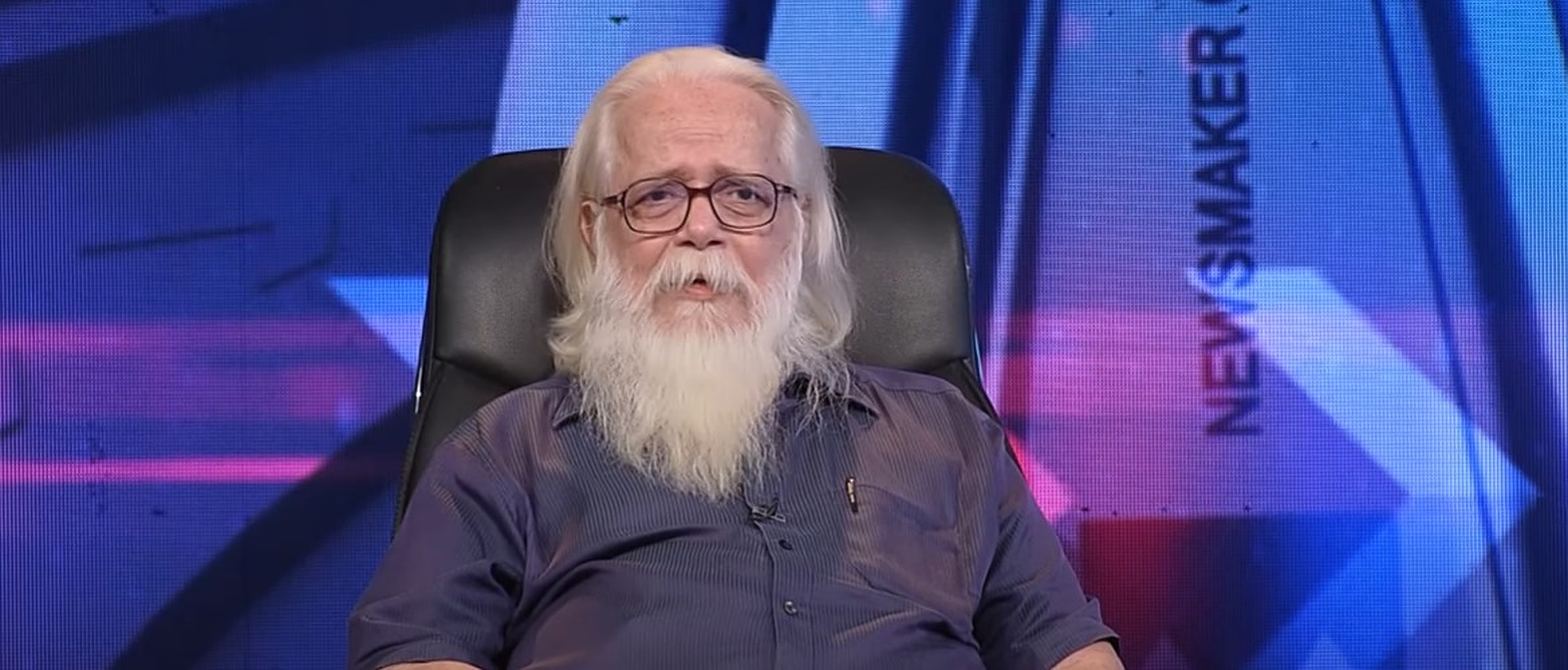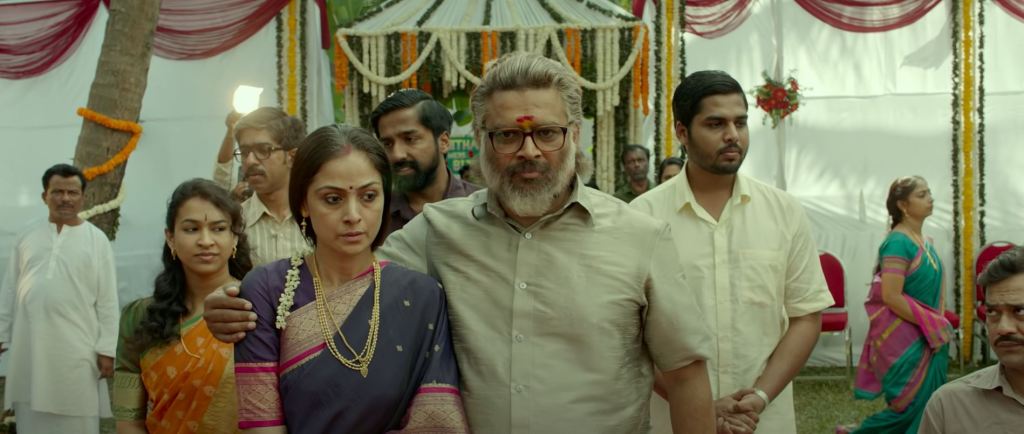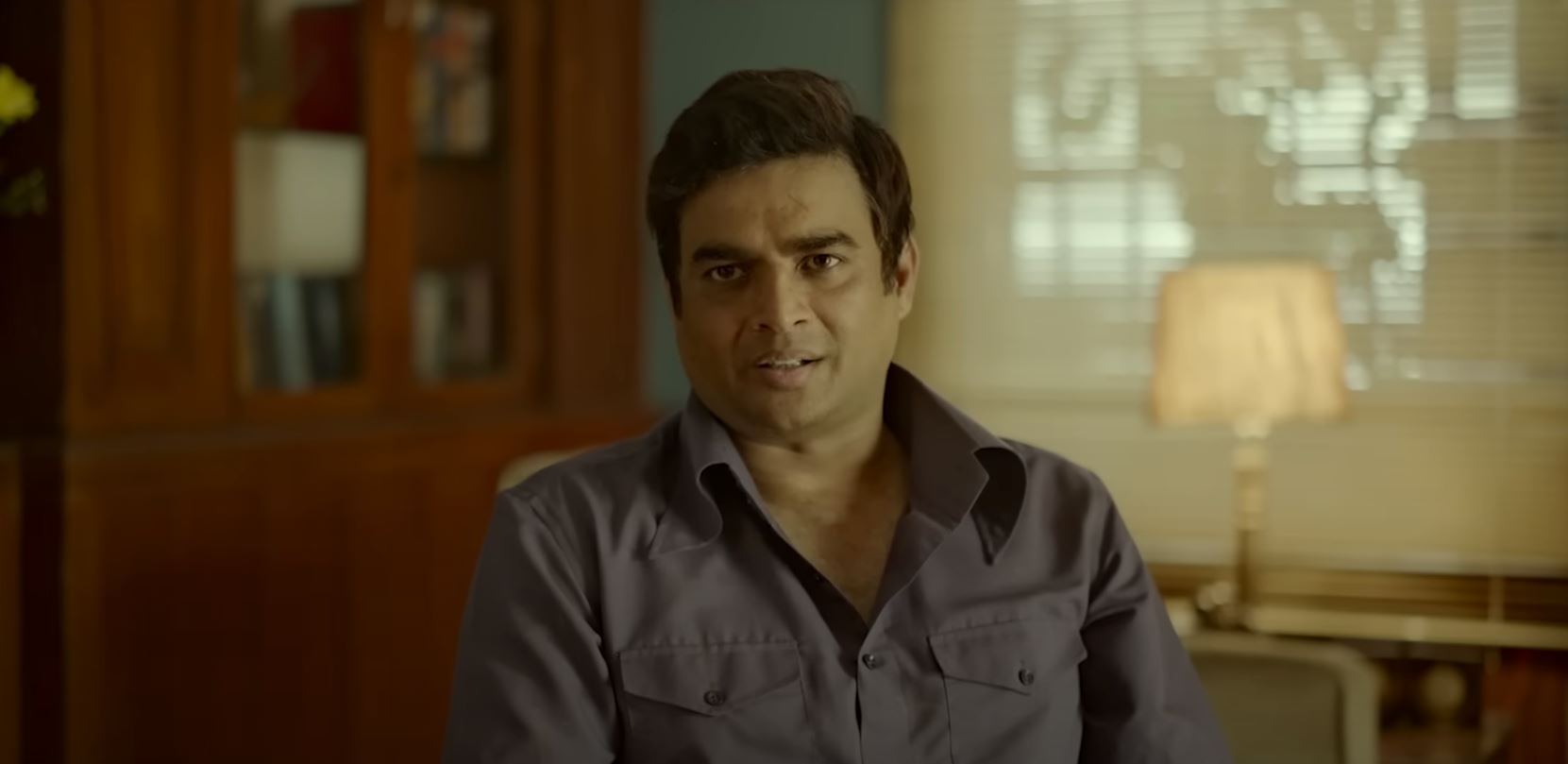Directed by R. Madhavan, ‘Rocketry: The Nambi Effect’ is a Hindi language drama movie that revolves around Nambi Narayanan, an Indian aerospace engineer who makes several contributions to the Indian Space Research Organisation (ISRO) throughout his career. However, Nambi’s life comes crashing when he is framed and arrested on espionage charges. Though the disgraced scientist soon gains his freedom, the officials who tarnished his reputation are still roaming free.
The movie attracts the audience with its convoluted yet thrilling narrative, and R. Madhavan’s portrayal of the former scientist as well as his directional skills make it a joy to watch. Moreover, many in the audience cannot help but remark about the film’s realism. From Nambi’s heart-touching journey to the detailed proceedings of the Indian legal system, the movie’s authenticity is hard to miss and raises several questions. Is ‘Rocketry: The Nambi Effect’ inspired by real-life events, or is it a work of fiction? Well, we are here to explore the same!
Is Rocketry a True Story?
Yes, ‘Rocketry: The Nambi Effect’ is based on a true story. The movie is based on the life of ISRO aerospace engineer S. Nambi Narayanan, whose life from the age of 27 to 75 is depicted in the film. Born on December 12, 1941, the Padma Bhushan awardee made many crucial contributions to India’s advancement in the field of aerospace engineering. Narayanan’s expertise in liquid propulsion helped ISRO develop the Vikas Engine, which would send India’s first-ever Polar Satellite Launch Vehicle into space. But just when the scientist decided to retire, his whole life was turned upside down.

It all started in October 1994 in Thiruvananthapuram, the capital of Kerala, India. During a routine visa verification, the explanation of Mariam Rasheeda from the Maldives stood out to the Kerala police- she was suspected to be a member of the National Security Service of Maldives. There were further claims of Rasheeda communicating to Vikram Sarabhai Space Centre, a research center of ISRO, and the residence of D Sasikumaran, the then general manager at ISRO’s Liquid Propulsion Systems Centre. Furthermore, her friend, Fauzia Hassan, was also arrested by law enforcement.
The allegations surrounding Rasheeda and Hassan’s frequent sightings at the Pakistan embassy in the Maldives led to the creation of a special investigation team with members from the Intelligence Bureau (IB) and the Research and Analysis Wing. Both the women were arrested and interrogated by the officials. The recorded interrogation sessions implicated several people from within ISRO as well as outsiders. This included Nambi Narayanan, along with Sasikumaran, who were to allegedly collect the documents to be forwarded.
While under arrest, Sasikumaran claimed that Narayanan had already negotiated for a transfer of drawings of the Viking engine to Brazil sometime in 1989-90. Thus, on November 30, 1994, Narayanan was arrested just a month after his formal application for retirement. The authorities claimed Hassan’s daughter gave him and Sasikumaran $50000 between January and September 1994. Due to the involvement of people close to the then Indian Prime Minister Narasimha Rao, the case was handed over to the Central Bureau of Investigation (CBI) on December 4, 1994.
During Narayanan’s 50 days in prison, the IB officials allegedly wanted him to accuse the top officials of the ISRO of false crimes. The scientist claimed that he was also asked to state that A. E. Muthunayagam, the then Director of the Liquid Propulsion Systems Centre (LPSC), was involved in wrongdoing. Apparently, when Narayanan refused, he was tortured and made to stand for 36 hours, resulting in hospitalization. Moreover, he felt disappointed about ISRO’s lack of support on his behalf.

According to Narayanan, he was visited by the then CBI director, Vijaya Rama Rao, on December 8, 1994. During the conversation, the former explained that the engine and rocket drawings were not classified, leading Rao to wonder about the direction that the whole case had taken before he apologized to him. After much deliberation and investigation, CBI submitted a closure report in April of 1996 declaring no espionage had occurred. The bureau claimed that the testimonies from the suspects taken by the Kerala police were unreliable since they were taken under duress and forced by torture.
In 2018, the Kerala state government awarded Narayanan around $164,400 as compensation. Returning to the movie, its ideation began in 2012, when noted filmmaker Anant Mahadevan and journalist C. P. Surendran decided to take the scientist’s life to the big screen and went to him for his suggestions and permission. Narayanan was more than happy regarding the project and agreed to serve as a consultant. However, the initial project titled ‘The Witch Hunt,’ which would have starred actor Mohanlal did not proceed as planned.
Somewhere between 2012 and 2017, Mahadevan talked to Madhavan regarding the project, who was intrigued by the idea and decided to throw his weight behind it. In April 2017, the actor announced the project and claimed that it was unlike any film he had worked on, possibly being the biggest project of his career. Madhavan explained that the biopic is about an unsung hero, the likes of whom are never talked about. He had reportedly been silently working on the script for two years and regularly met with Narayanan for factual information.

As a result of his constant meetings with the scientist, the actor decided to expand the movie’s horizons. Initially, the film was supposed to focus only on the espionage case, but Madhavan felt that it would be prudent to explore Narayanan’s life in more detail. To better frame the film’s script, he took the help of the aerospace engineer’s 2017 autobiography ‘Ormakalude Bhramanapadham’ and Arun Ram’s 2018 official biography ‘Ready To Fire: How India and I Survived the ISRO Spy Case.’
The movie has several big names attached to it and is available in three languages- English, Hindi, and Tamil. The details of the case covered in the ‘Rocketry: The Nambi Effect’ came from official records as well as the real-life central figure of the story. As Madhavan states, the movie explores the events of the 1994 espionage case and Narayanan’s work before his reputation was tarnished with almost complete accuracy. Additionally, the stellar cast performances make the narrative even more lifelike.
Read More: Best Hindi Biopic Movies of All Time


You must be logged in to post a comment.